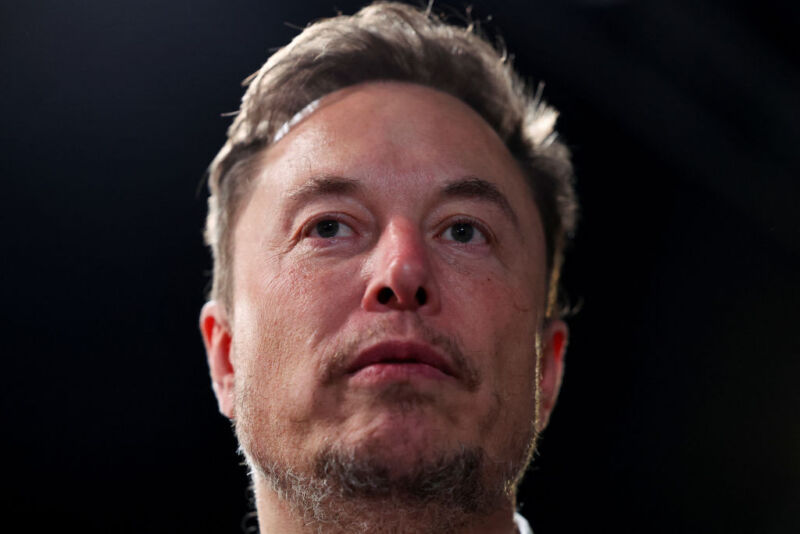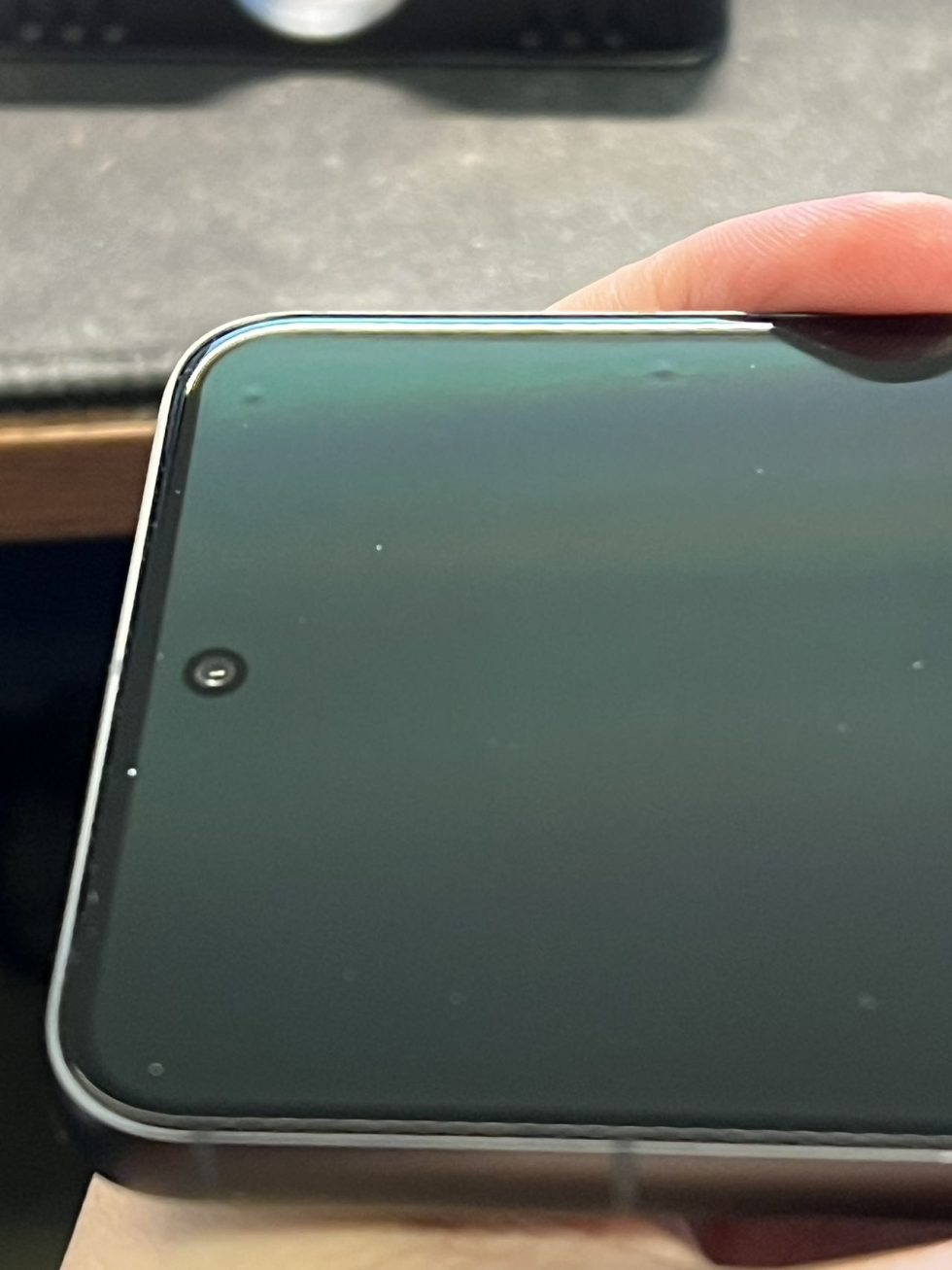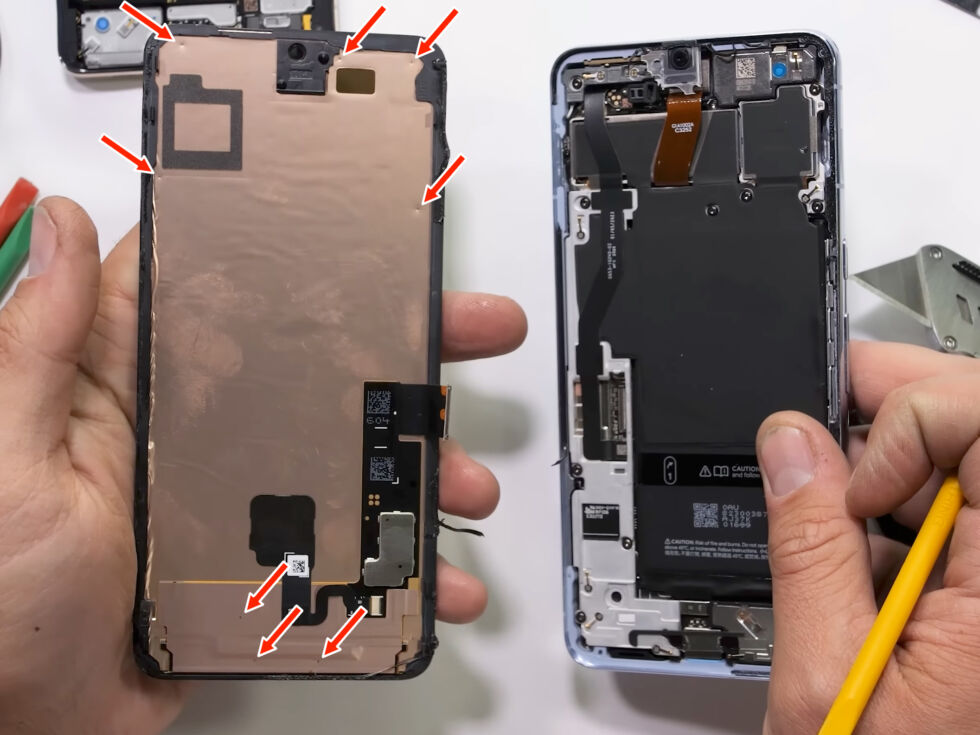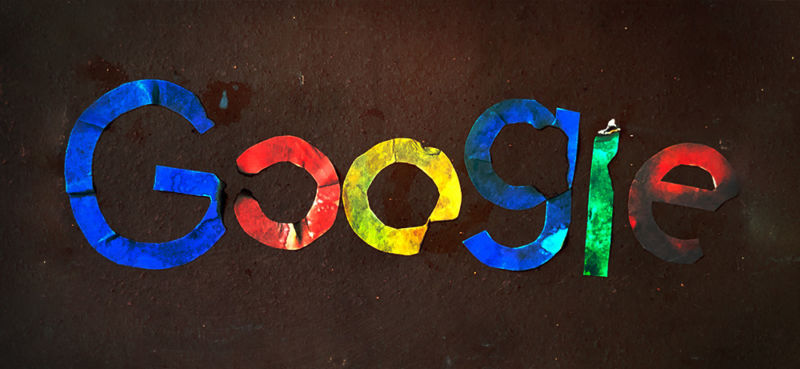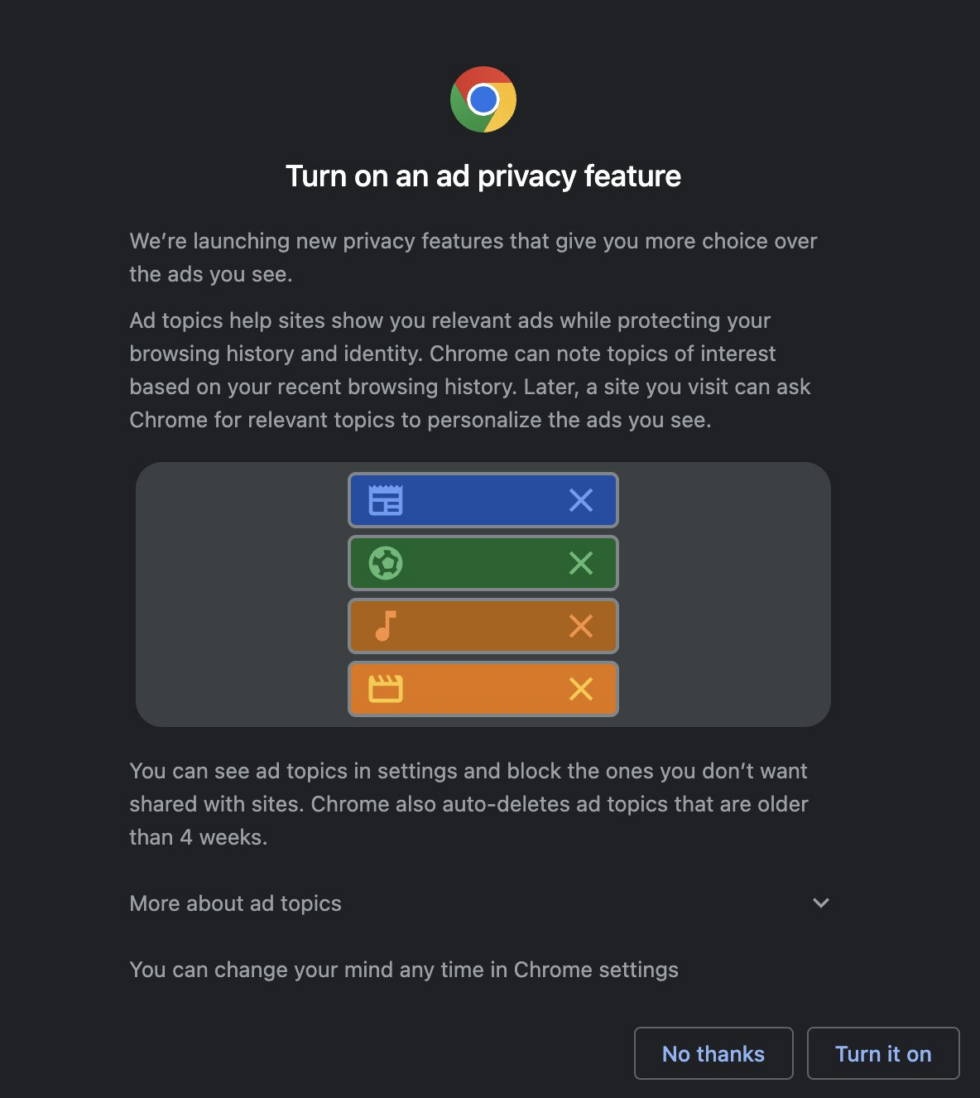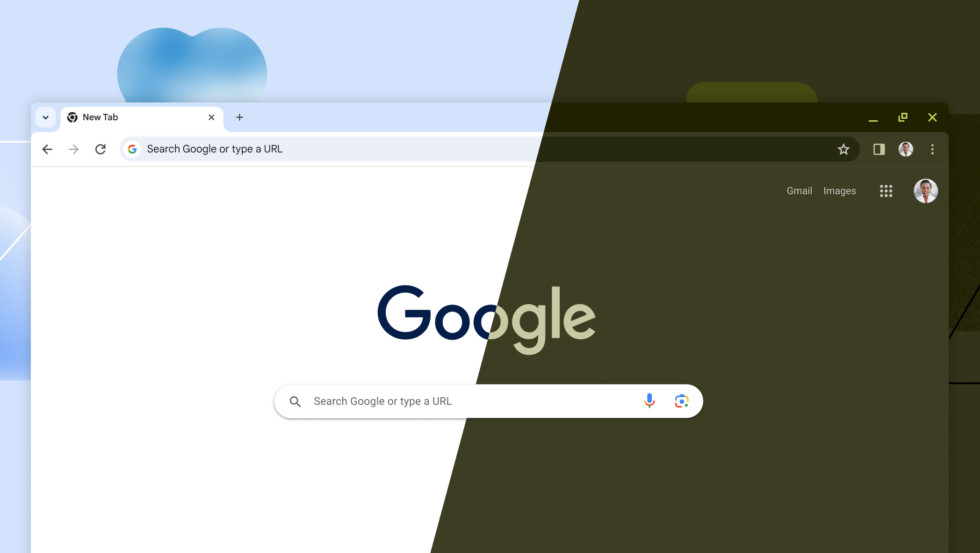-
 chevron_right
chevron_right
Web browser suspended because it can browse the web is back on Google Play
news.movim.eu / ArsTechnica · Wednesday, 29 November - 19:31

Enlarge (credit: Getty Images | Alexander Koerner)
Google Play has reversed its latest ban on a web browser that keeps getting targeted by vague Digital Millennium Copyright Act (DMCA) notices. Downloader, an Android TV app that combines a browser with a file manager, was restored to Google Play last night.
Downloader, made by app developer Elias Saba, was suspended on Sunday after a DMCA notice submitted by copyright-enforcement firm MarkScan on behalf of Warner Bros. Discovery. It was the second time in six months that Downloader was suspended based on a complaint that the app's web browser is capable of loading websites.
The first suspension in May lasted three weeks, but Google reversed the latest one much more quickly. As we wrote on Monday , the MarkScan DMCA notice didn't even list any copyrighted works that Downloader supposedly infringed upon.



